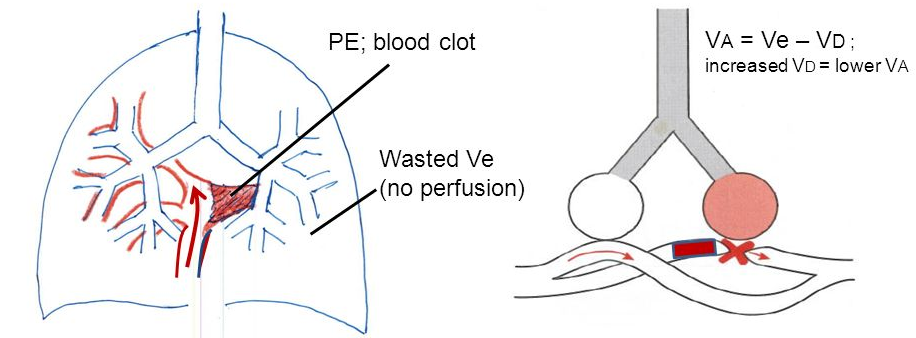

Nasal prongs deliver pure oxygen to the nose, and can be dangerous because the final concentration of oxygen at the alveolar level is determined by patient factors such as dead space and alveolar ventilation. Mark the target saturation clearly on the drug chart. To safely give oxygen to people with COPD without elevating carbon dioxide levels (PaCO2) and worsening acidosis it must be controlled with a target SaO2 of 88-92% until arterial blood gases (ABGs) have been checked. How can you safely give oxygen to people with COPD or with suspected COPD? It commonly occurs in people with COPD who are given too much or uncontrolled amounts of oxygen. Hypercapnia respiratory failure is when there is too much carbon dioxide in your blood, and near-normal or not enough oxygen in your blood, and it can be fatal.

Oxygen can be given to COPD patients, but only in controlled amounts and only if a SaO2 (oxygen saturation) of 88-92% is aimed for, rather than the usual 94-98% SaO2 that is usually desired for most other acutely ill patients who do NOT have COPD or who are not at risk of hypercapnic respiratory failure.


 0 kommentar(er)
0 kommentar(er)
